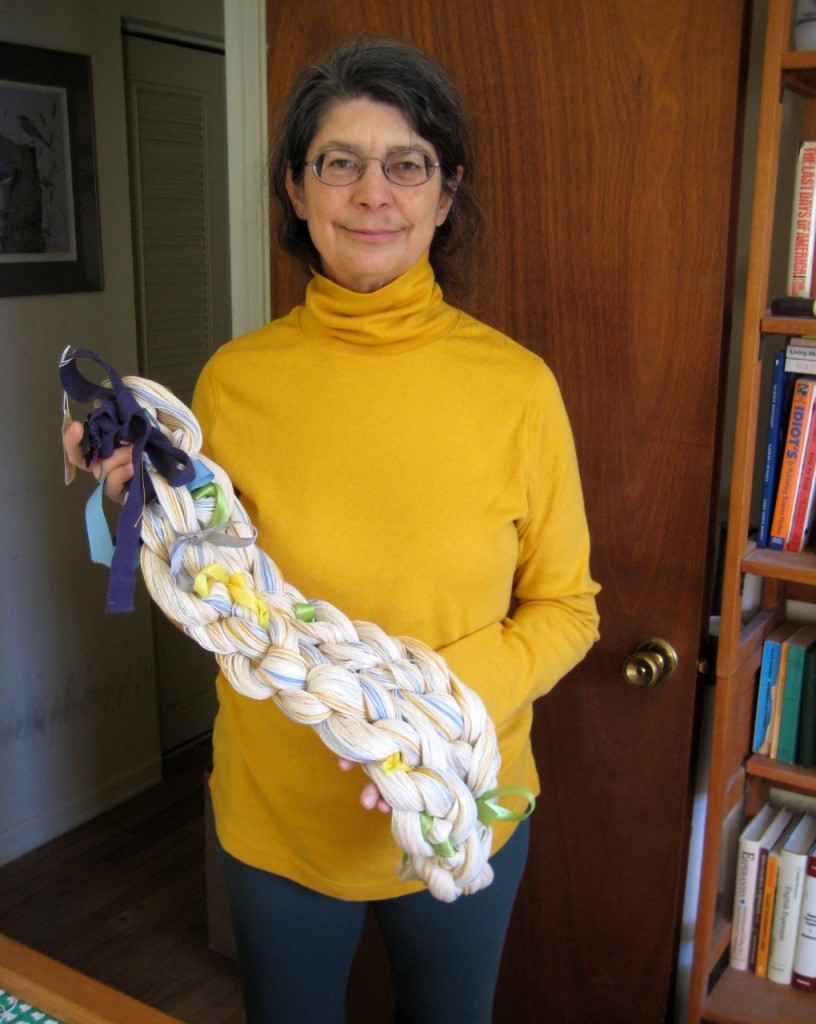I’m a bad meditator. While writing this piece, I was briefly tempted to claim to be the world’s worst meditator, but I’m sure that’s not actually true. At least, it’s not true if you include the people who don’t meditate at all—they’re worse than me. Even among the people who have a regular meditation practice there are certainly people who are worse at it than I am. Well, almost certainly. But probably not very many. I’m really a very bad meditator.
For one thing, I haven’t taken my meditation practice seriously. For a long time, I just went through the motions, not even really trying to meditate. In my taiji class, the teacher included a period for meditation, so I “meditated.”
Even just going through the motions of meditating, I quickly found some physical benefits to standing meditation, but the more subtle benefits—the insights into my mind that meditation is supposed to provide—eluded me. This was not a surprise; I did not expect much benefit from a practice that was as slipshod as my own.
(As an aside, I should mention that there are also physical benefits to sitting meditation. They were not as obvious to me, mostly because of my own foolishness in viewing standing meditation as a successor to sitting meditation, rather than a complementary practice. This kept me from giving my sitting even the rather feeble effort I gave my standing. Even so, I eventually perceived the physical benefits of sitting meditation as well.)
Only after three or four years did I begin to find the other benefits of a meditation practice. In particular, I felt like I began to acquire insights into the mechanisms of attention. (At around that same time, I read an article about Steve Jobs that talked about his meditation practice, saying that, “Sitting zazen offered Jobs a practical technique for upgrading the motherboard in his head.”)
One thing that made a difference for me was attending a free meditation workshop by Mary Wolters, a local yoga instructor. Her guided meditation sessions were excellent—sitting rather than standing, 30 minutes rather than the usually 10 minutes or less that we did in taiji class, and (probably most important) separated from the effort of (both learning and doing) taiji—I found that I actually was meditating.
Having begun to perceive the benefits of meditation, I find myself wanting to do it more, but have not yet found a way to add it to my daily routine, except as part of my taiji practice, which is good, but not enough. (And I hesitate to spend more class time on meditation, on the theory that the class should take advantage of there being a taiji instructor present to focus on the movements, whereas we could all meditate successfully on our own.)
Still, even if I haven’t added time to my meditation practice beyond what I do in taiji, I have at least added meditation to my meditation practice. It’s a start.


